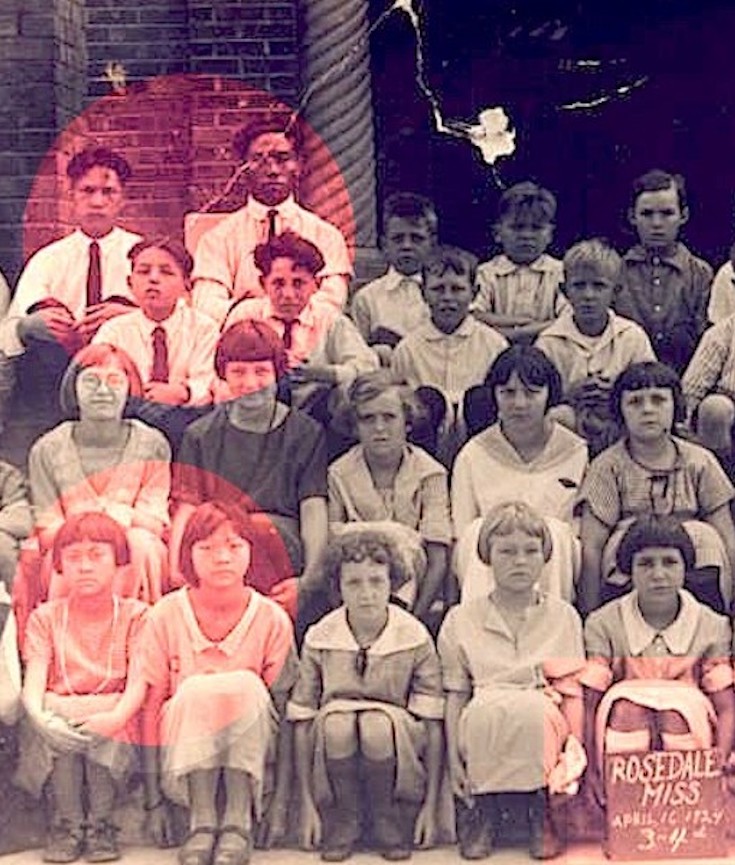[dropcap]The[/dropcap] Lum sisters were the daughters of Chinese immigrants, and the Rosedale school board had decided they were “colored” and could no longer attend the white school.
The Lum family, however, did not accept the school board’s decision, and decided to fight. Three decades before the landmark Brown v. Board of Education decision, Gong Lum v. Rice was the first case challenging the constitutionality of segregation in Southern public schools to reach the U.S. Supreme Court. It was a bold challenge, striking at the heart of systemic racism in education, and it would change the course of American history … in far worse ways than anyone could have imagined.
In the years after the Civil War, the American South scrambled to replace the slave labor that had fueled its economy. One option was to staff its fields with a growing group of hardworking immigrants from China. Places like the Mississippi Delta, says Lucy M. Cohen, author of Chinese in the Post–Civil War South: A People Without a History, offered promising job opportunities to Chinese immigrants in the late 19th and early 20th centuries.
[mc4wp_form id=”6042″]



BROWN V BOARD OF EDUCATION | 1954
Brown v. Board of Education of Topeka, 347 U.S. 483 (1954), was a landmark United States Supreme Court case in which the Court declared state laws establishing separate public schools for black and white students to be unconstitutional. The decision overturned the Plessy v. Ferguson decision of 1896, which allowed state-sponsored segregation, insofar as it applied to public education. Handed down on May 17, 1954, the Warren Court’s unanimous (9–0) decision stated that “separate educational facilities are inherently unequal.” As a result, de jure racial segregation was ruled a violation of the Equal Protection Clause of the Fourteenth Amendment of the United States Constitution. This ruling paved the way for integration and was a major victory of the Civil Rights Movement, and a model for many future impact litigation cases. However, the decision’s fourteen pages did not spell out any sort of method for ending racial segregation in schools, and the Court’s second decision in Brown II, 349 U.S. 294 (1955) only ordered states to desegregate “with all deliberate speed”. (Wikipedia).


You must be logged in to post a comment.